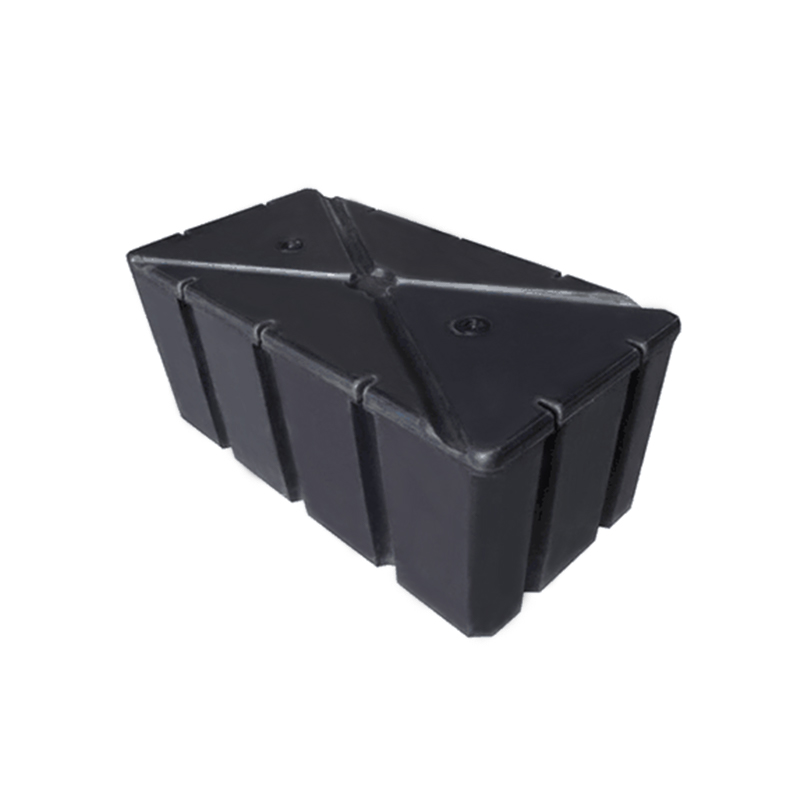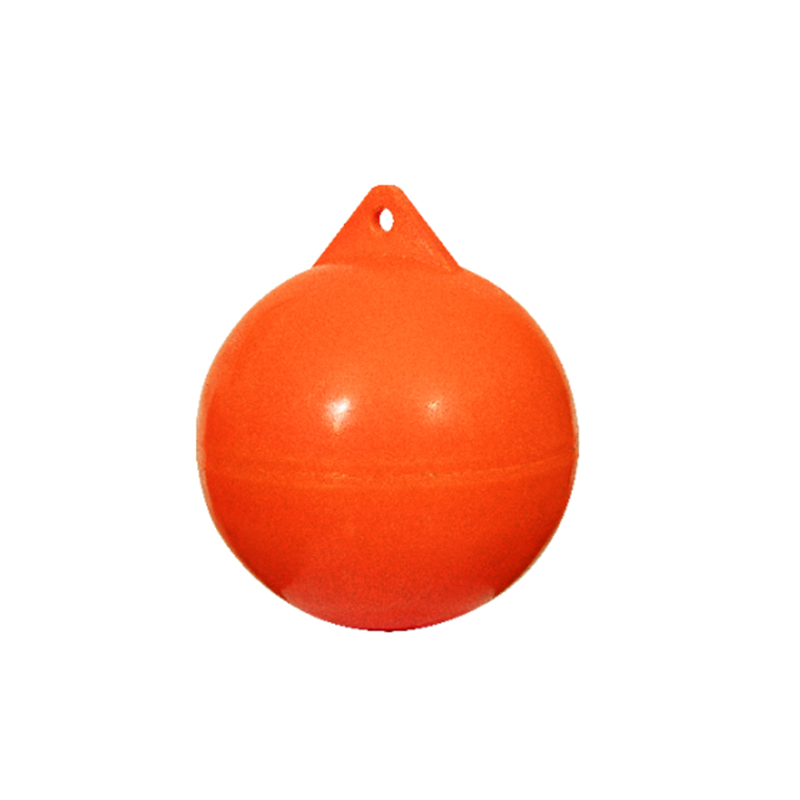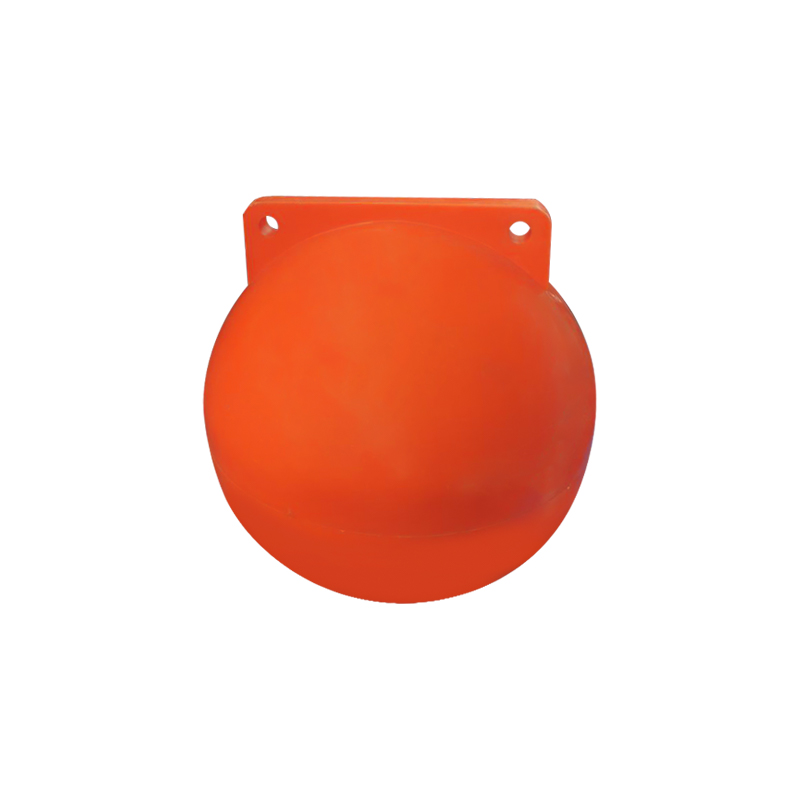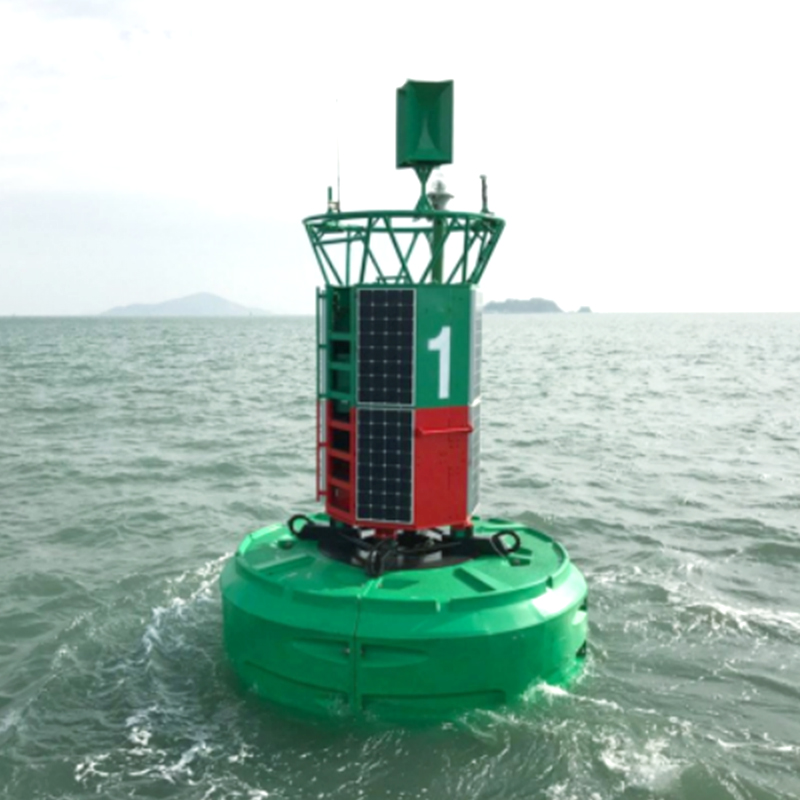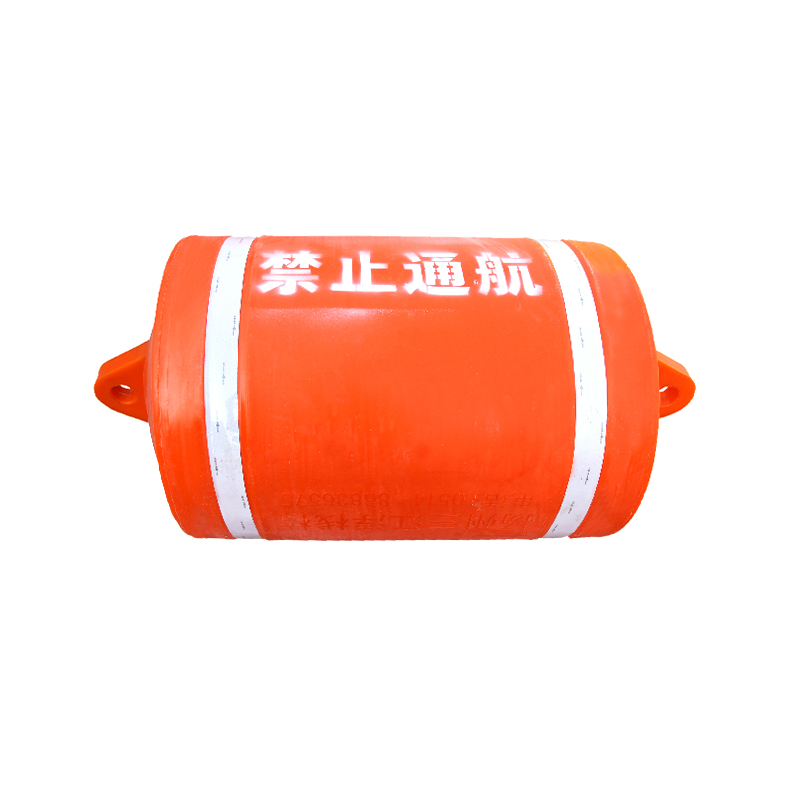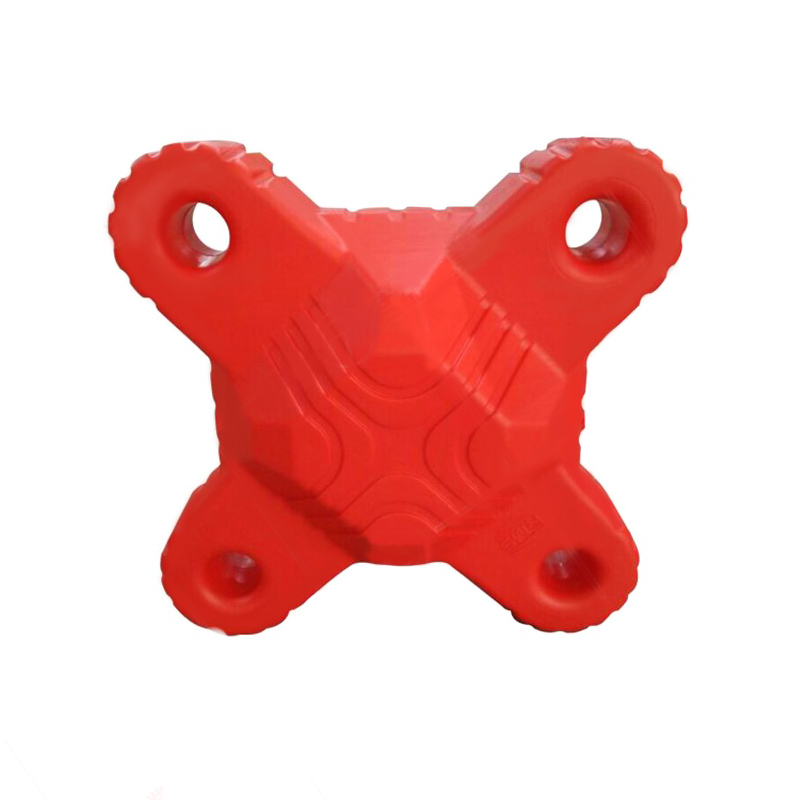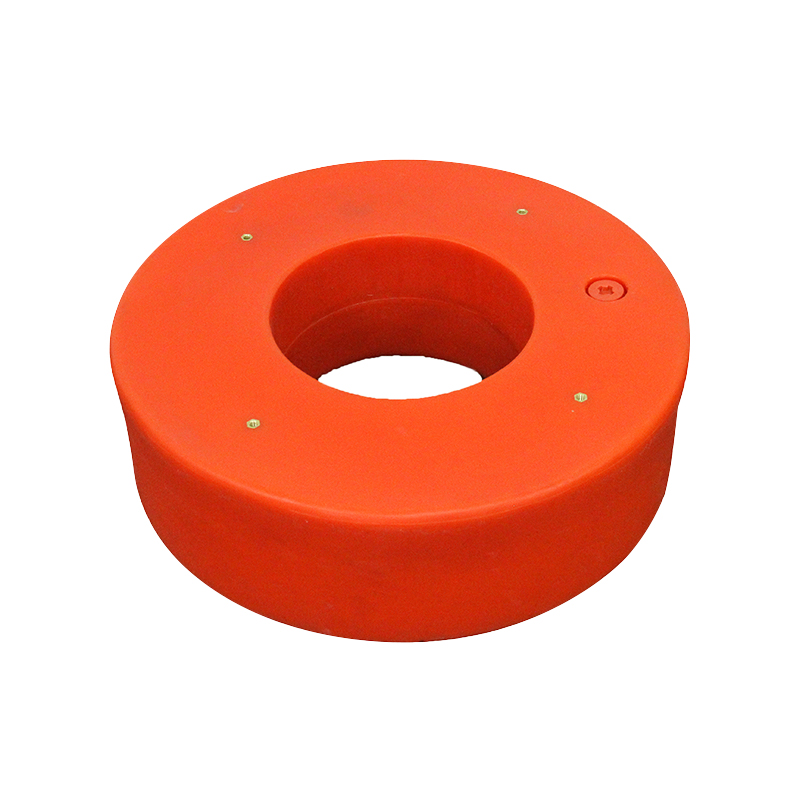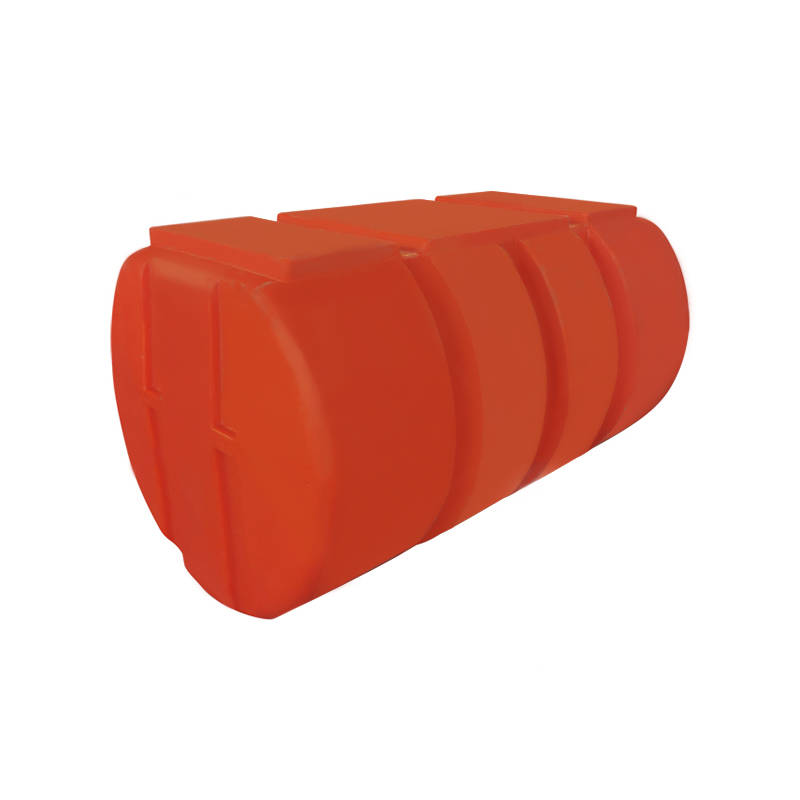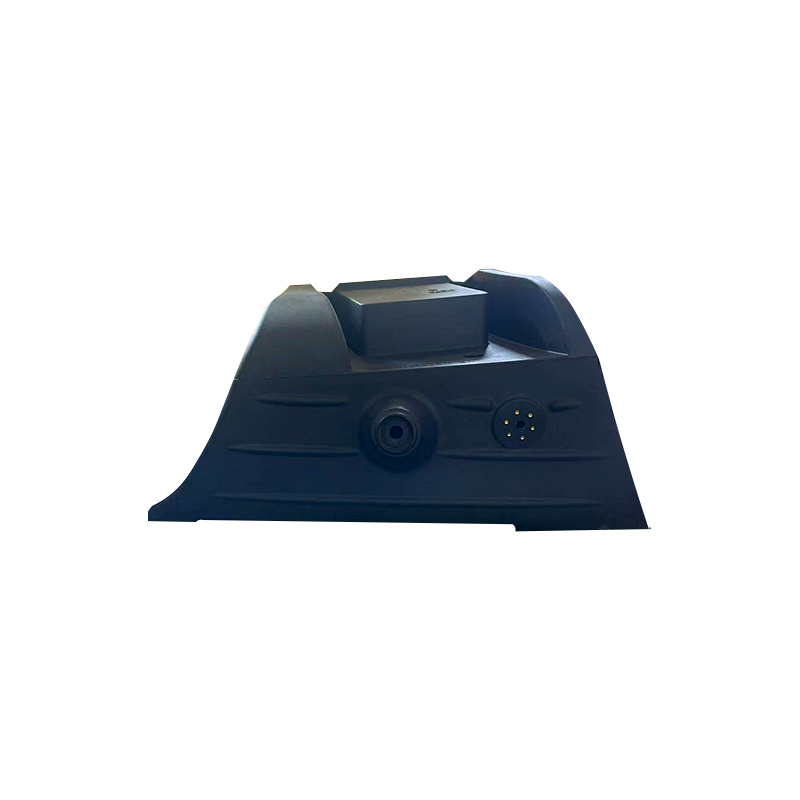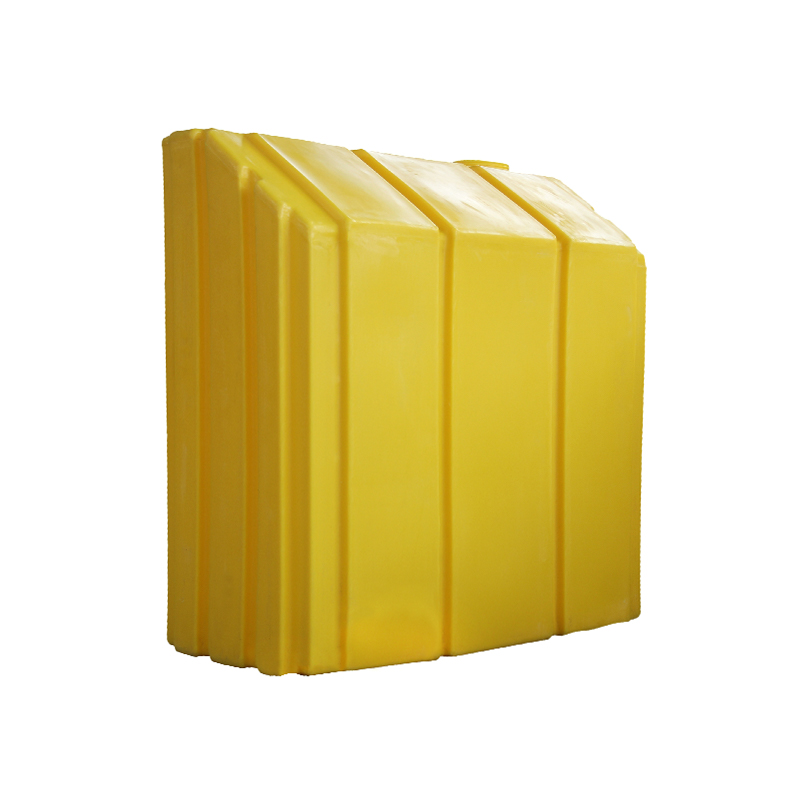Design and manufacturing process analysis of rotating steel film mold
1. Introduction
As an important tool for plastic film molding, Rotational Steel Film Mold are widely used in the automotive, electronics and packaging industries due to their good thermal conductivity and mechanical strength. With the development of plastic molding technology, rotating steel film molds have attracted attention because they can achieve high-quality molding of complex curved films. Compared with traditional molds, rotating steel molds have significant advantages in heat conduction speed, wear resistance and service life.
2. Design principles of rotating steel film molds
The mold design must meet the requirements of mechanical stability, thermal management and easy loading and unloading during the film molding process. First, the functional requirements determine the geometric structure of the mold, including the layout of the rotating axis, the shape of the film molding surface and the design of the cooling channel. In terms of material selection, steel with high hardness, wear resistance and excellent thermal conductivity, such as high-carbon alloy steel, is usually used. The structural design also needs to consider the weight, stiffness and thermal expansion coefficient of the mold to avoid deformation and molding defects. The mold size design needs to accurately match the production equipment to ensure assembly accuracy and molding efficiency.
3. Manufacturing process of rotating steel film mold
The manufacturing process starts with material selection. Usually, steel billets that have been precision cast or forged are selected to ensure uniform internal structure. CNC milling is used for rough processing, and wire cutting and EDM are used to achieve high-precision processing of complex curved surfaces and details. Heat treatment process is the key, including quenching to improve hardness, tempering to reduce internal stress, and surface nitriding or spraying hard coating to enhance wear resistance. During assembly, strictly control the size matching and the installation of rotating bearings to ensure smooth operation of the mold and reduce the impact of vibration on the molding quality.
4. Analysis of key technologies
The temperature control of the mold directly affects the quality of film molding. Usually, the temperature is evenly distributed through built-in cooling channels and heating systems to prevent local overheating or uneven cooling. Surface finish is an important factor in determining the surface quality of the film. It needs to reach the mirror level to reduce film defects and bubbles. Wear resistance is related to the life of the mold. By optimizing the material composition and adopting advanced surface treatment technologies such as laser quenching or ceramic coating, the wear resistance of the mold can be greatly improved and the maintenance frequency can be reduced.
5. Case Analysis
Take a rotating steel film mold for a certain automotive interior as an example. The design uses high-strength alloy steel, and the mold surface is repeatedly ground and nitrided. During the manufacturing process, complex curved surface processing is completed by multi-axis CNC machine tools, and the mold hardness reaches HRC58 after heat treatment. The molding test shows that the film surface is flat without obvious defects, the mold runs stably, and the service life is 30% longer than that of traditional molds. This case verifies the effectiveness of the design and manufacturing process, and also points out the room for improvement in the design of cooling channels.
6. Development Trends and Challenges
In the future, rotating steel film molds will develop towards high-performance composite materials, intelligent design and manufacturing. New alloys and surface treatment technologies are expected to further improve the wear resistance and thermal management capabilities of molds. With the help of CAE simulation and machine learning technology, precise optimization of mold design and intelligent control of the manufacturing process can be achieved. Problems such as material cost, processing accuracy and equipment maintenance need to be solved in manufacturing to promote mold manufacturing towards efficient, green and sustainable development.


 English
English عربى
عربى
